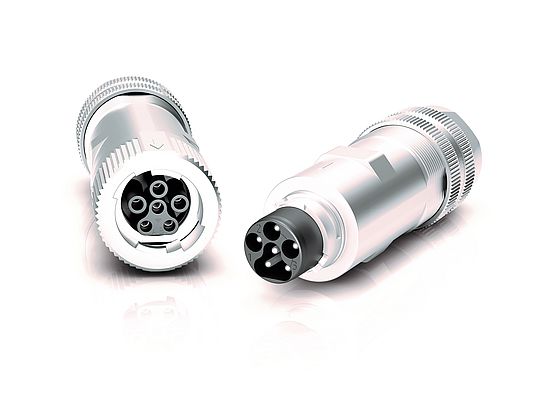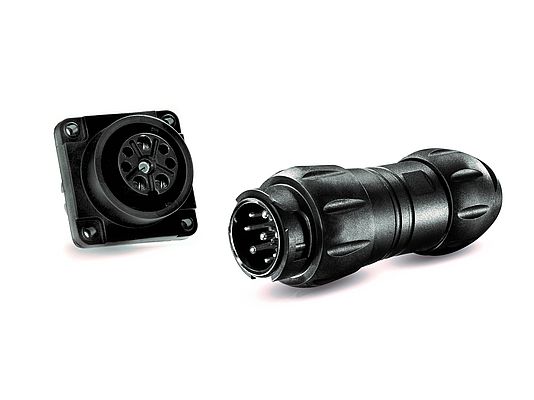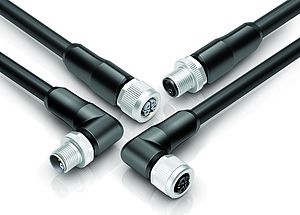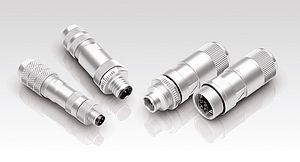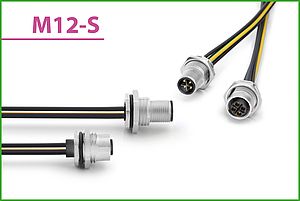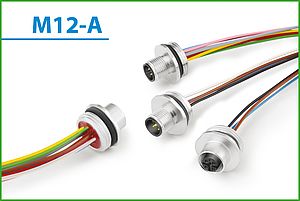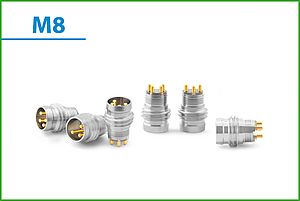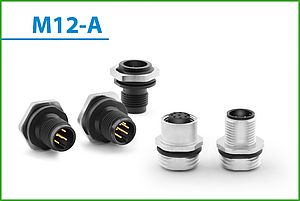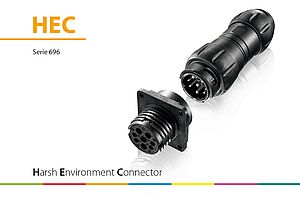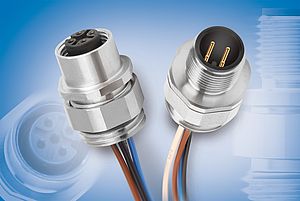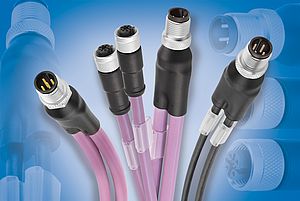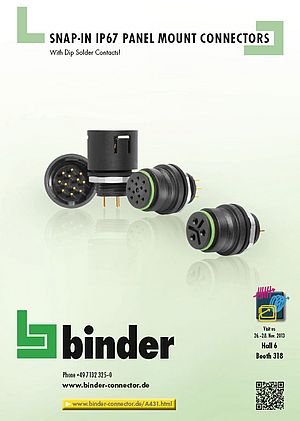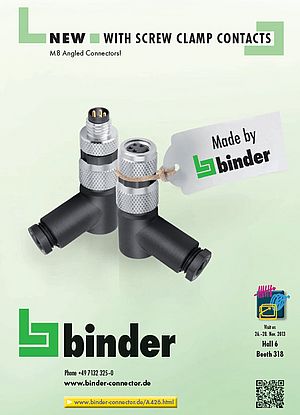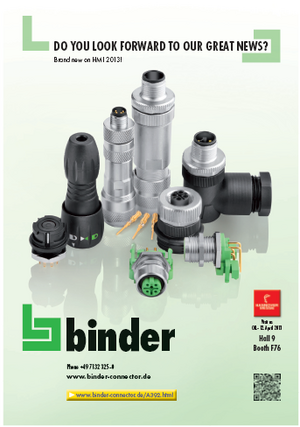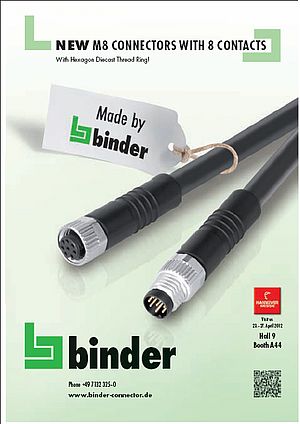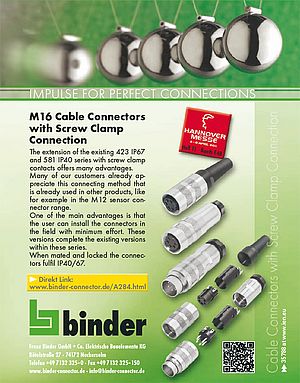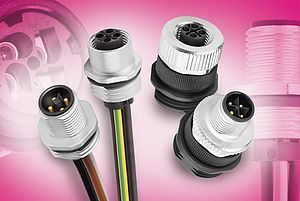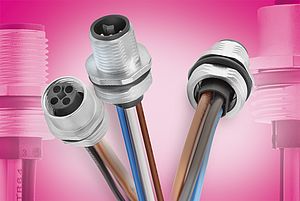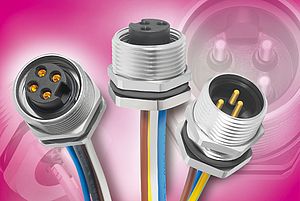The classic cabling topology of most existing automated systems usually has separate cabling for power and signal or data transmission. The reason for this is that the requirements for the peripherals (cables, connectors, distributors) are different for the various applications. While cables for the power supply require large cross-sections for high currents, the focus for data transmission is on signal integrity and shielded cabling. The two cable harnesses are then typically brought together in the main control cabinet.
‘This cabling philosophy is quite demanding, as at least two cables per device always have to be laid in the field. With the increasing integration of IIoT-enabled devices - which always require a data interface - this approach is proving increasingly impractical. As a result, the need for more efficient solutions such as One Cable Technology is growing. These combine the functions of data transmission and power supply and significantly simplify cabling,’ explains Philipp Zuber, Product Manager at binder.
All-in-one solution reduces complexity and costs
The One Cable Solutions make it possible to transport both the power supply and data communication via a single cable. This has various advantages. One of these is the reduction in the work involved in connecting and laying cables and connectors. At the same time, material costs can be significantly reduced as fewer cables, cable routing systems and installation materials are required. There is also less need for maintenance. The reduced number of cables also saves space, which is particularly beneficial in confined spaces. And the flexibility of the systems is increased as both power and data can be transported via the same cable.
Potential for many markets - already proven in drive technology
‘Theoretically, OCS is recommended wherever a high cabling effort is or can become problematic. This approach has already become established in the field of drive technology for automation. In the past, two cables were always run to servomotors: one cable for the energy and power supply and the second cable for the control and feedback of the encoder. Newer versions of servomotors only have a single cable connection. This is used to transmit both the power supply and the communication,’ says Philipp Zuber.
OCS technology is therefore particularly suitable for applications in which the cabling effort, the length of the cabling or the flexibility of the overall system play a major role. The solutions therefore also prove their worth in robotics, for example, particularly due to the reduced space requirements. In automation technology, they enable efficient connections of actuators and sensors at field level, which considerably reduces the amount of cabling required. There is also great potential in intralogistics and conveyor technology, particularly due to the long distances that have to be covered by the connecting cables.
Single-cable solution - various technological versions
OCS are based on various technological approaches. These include special cables and connectors as well as advanced protocols for data transmission. Hybrid cables combine lines for power and data in one physical cable sheath and are specially designed to minimise electromagnetic interference and ensure reliable data transmission. In the IT sector, Power over Ethernet (PoE) is a well-known example in which Ethernet cables transmit both data and power to devices such as IP cameras and WLAN access points. This principle is also used in industry, but usually only when the devices require lower amounts of power. In addition, many companies develop proprietary solutions and protocols to meet the specific requirements of their automation systems.
Challenges for connectors
However, the development of components for OCS is also associated with greater complexity in terms of construction and design - including for connectors, as Philipp Zuber knows: ‘As a manufacturer of hybrid connectors for OCS, our task is to minimise the complexity of connection and assembly. In doing so, we sometimes encounter challenges. The design of such a connector alone means that it consists of significantly more individual parts. The more components, the more complex the assembly and customisation. The task here is to find a user-friendly solution despite the complexity so that our customers can connect the connectors quickly and easily.’
Electromagnetic compatibility also plays a role here. The transmission of energy and data via the same cable can lead to electromagnetic interference, which can impair data integrity. It is important to ensure that the connectors are designed with high-quality shielding. These shields must be able to minimise electromagnetic interference in order to ensure reliable data transmission.
Compactness is also a challenge. Single-cable solutions must accommodate more contacts for power and signal transmission, often with shielding components. At the same time, the space requirement must not increase significantly. The development of such products requires a precise and efficient design in order to achieve maximum performance with minimum space requirements.
Important component in terms of the IIoT
Phlipp Zuber attributes great potential to OCS - especially with regard to the digitalised and networked factory of the future: ‘Singlecable solutions will become increasingly popular in the course of the IIoT. This is because the smart factory requires high data transmission speed and reliability in order to ensure seamless communication between different devices and systems. Single-cable solutions simplify the infrastructure considerably. This also minimises the risk of errors and failures that can result from numerous separate connections. In addition, single-cable solutions support the modularity and flexibility of systems that characterise the IIoT, as they enable easier and faster scaling and adaptation.’



